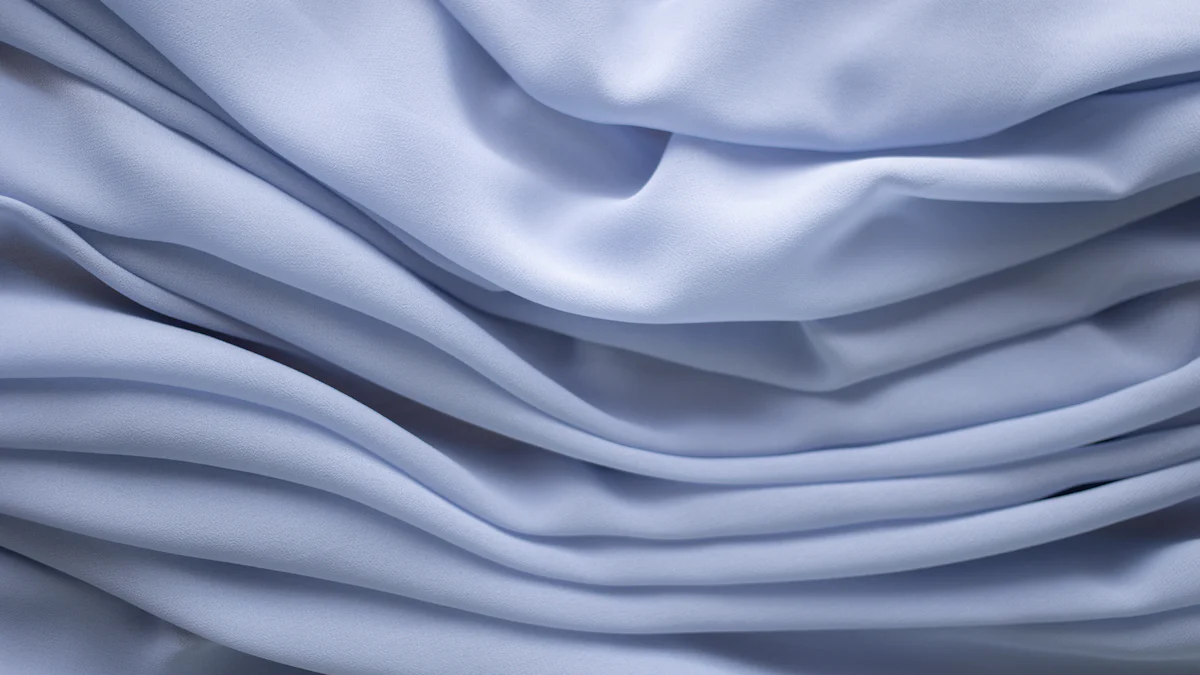
You rely on fluorescent whiteners-Others to achieve the bright, clean look that defines high-quality textiles and paper. These optical agents transform dull surfaces into vibrant ones by enhancing whiteness and brightness. They also improve product durability, ensuring fabrics and paper maintain their appeal over time. Their role is essential in modern manufacturing.
Key Takeaways
- Fluorescent whiteners-Others make fabrics and paper look brighter.
- They help items stay strong by needing less harsh bleaching.
- Using them can make factories use fewer harmful chemicals.
What Are Fluorescent Whiteners-Others?
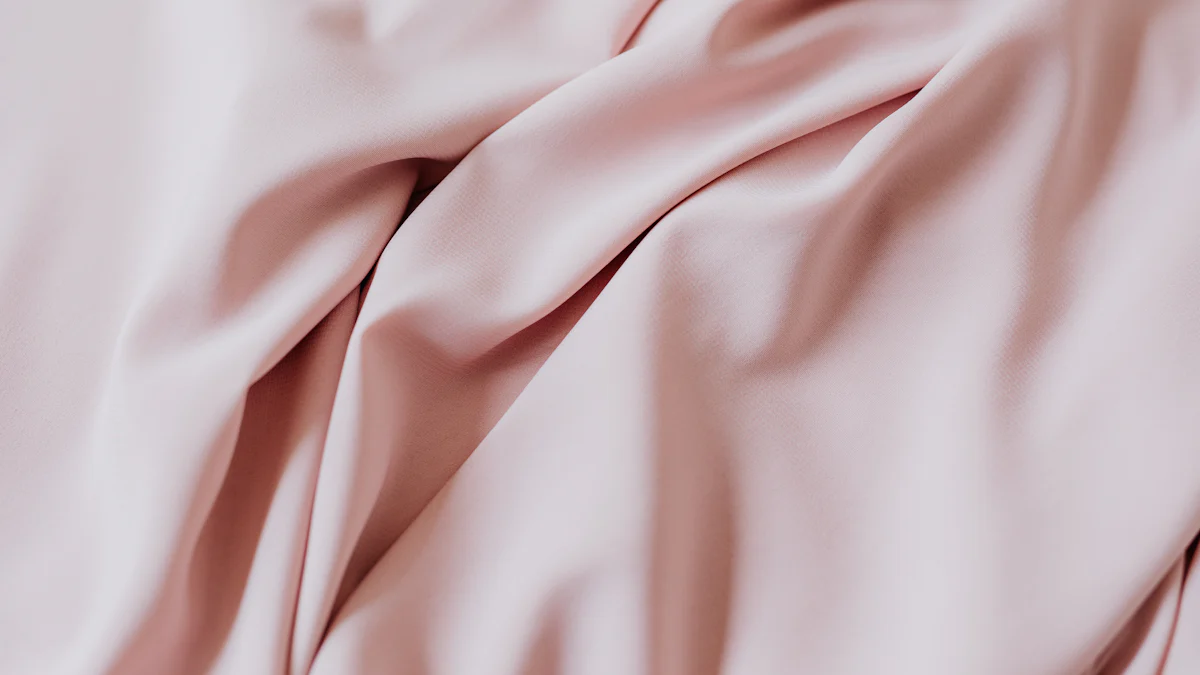
Definition and Purpose
Fluorescent whiteners-Others are chemical agents that improve the appearance of textiles and paper by enhancing their brightness and whiteness. These agents work by absorbing ultraviolet (UV) light and re-emitting it as visible blue light. This process masks yellow tones and creates a cleaner, more vibrant look. You often see their effects in everyday items like clothing, office paper, and packaging materials. Manufacturers rely on these whiteners to meet consumer expectations for high-quality, visually appealing products.
Applications in Textiles and Paper
You’ll find fluorescent whiteners-Others used in a wide range of applications. In textiles, they brighten fabrics made from materials like cotton, nylon, and acrylic. They also help maintain the whiteness of garments after repeated washing. In the paper industry, these agents are essential for producing bright white sheets used in printing, writing, and packaging. Their ability to enhance visual appeal makes them a key component in creating products that stand out in competitive markets.
Addressing Specific Manufacturing Needs
Fluorescent whiteners-Others address challenges that arise during production. For example, they combat the natural yellowing of raw materials caused by impurities. This ensures that your finished products maintain a consistent and desirable appearance. Additionally, these agents reduce the need for harsh chemical bleaching, making the manufacturing process more efficient and less damaging to materials. Their versatility allows manufacturers to achieve superior results while meeting industry standards.
How Do Fluorescent Whiteners-Others Work?
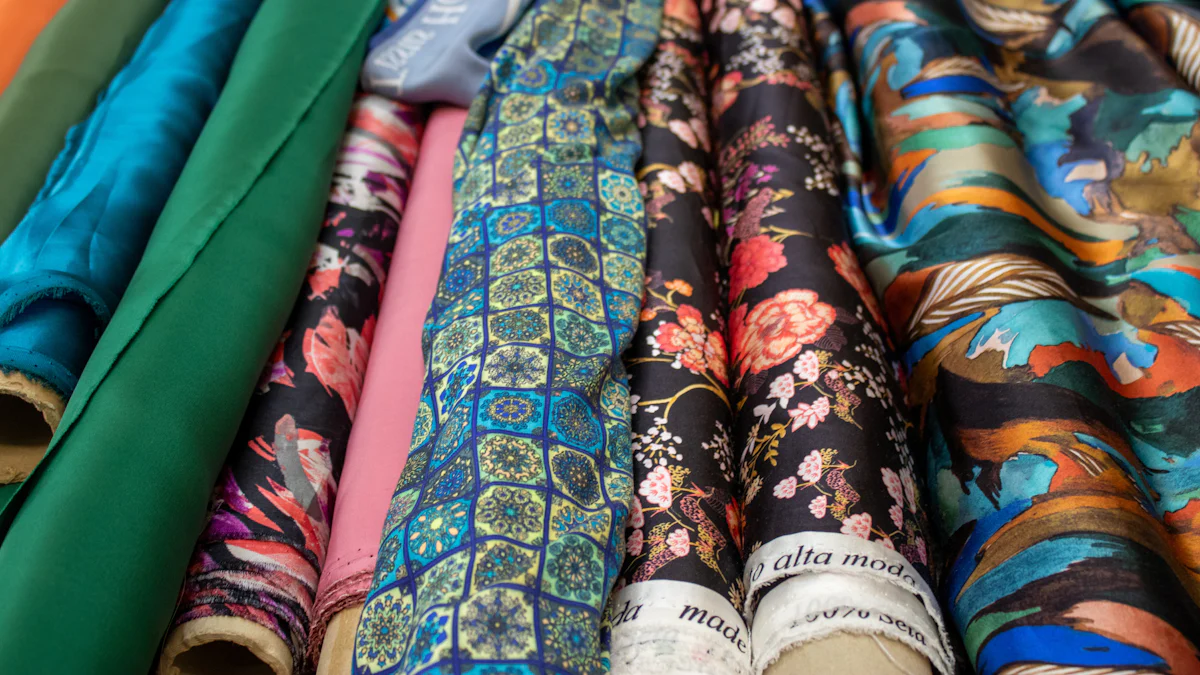
The Science of Optical Brightening
Fluorescent whiteners-Others operate through a fascinating scientific process. These agents contain molecules that absorb ultraviolet (UV) light, which is invisible to the human eye. After absorbing UV light, they re-emit it as visible blue light. This emission counteracts yellowish tones in materials, creating a brighter and whiter appearance. You can think of it as a way to “trick” the eye into perceiving enhanced brightness. This unique property makes fluorescent whiteners-Others indispensable in industries where visual appeal is critical.
Interaction with Light for Enhanced Brightness
When light interacts with materials treated with fluorescent whiteners-Others, the results are striking. The emitted blue light blends with the natural color of the material, amplifying its brightness. This interaction works best under natural or UV-rich lighting conditions, where the effect becomes most noticeable. For example, a white shirt treated with these agents will appear more vibrant in sunlight compared to untreated fabric. This ability to enhance brightness without altering the material’s structure is one of the reasons manufacturers rely on these agents.
Comparison with Traditional Whitening Methods
Traditional whitening methods often involve bleaching, which removes impurities to achieve a cleaner look. However, bleaching can weaken fibers and may not fully eliminate yellow tones. Fluorescent whiteners-Others offer a superior alternative. Instead of removing impurities, they mask them by altering how light interacts with the material. This approach not only preserves the integrity of the fabric or paper but also delivers a more consistent and vibrant result. You get a product that looks better and lasts longer.
Benefits of Fluorescent Whiteners-Others
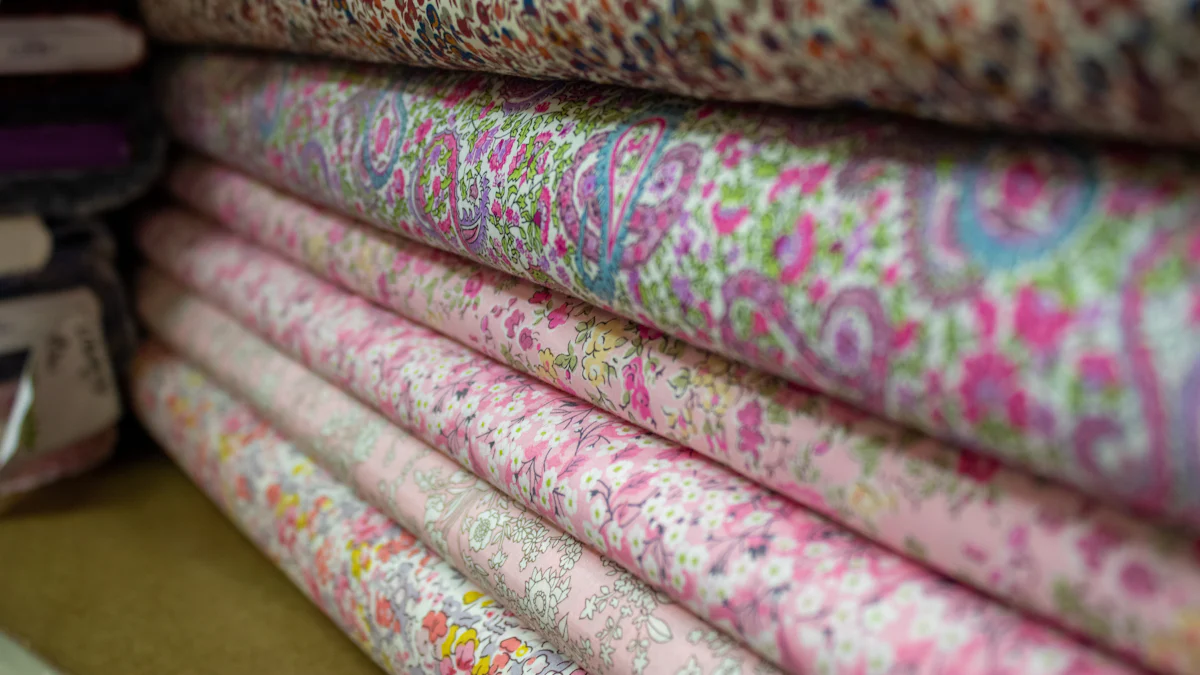
Improved Brightness and Whiteness
You want your textiles and paper to stand out with a clean, vibrant appearance. Fluorescent whiteners-Others help you achieve this by enhancing brightness and whiteness. These agents work by masking yellow tones and reflecting blue light, creating a crisp and fresh look. Whether it’s a white shirt or a sheet of office paper, the results are striking. Products treated with these whiteners appear more radiant under natural or UV-rich lighting, making them visually appealing in any setting.
Enhanced Durability and Aesthetic Appeal
Fluorescent whiteners-Others not only improve appearance but also contribute to durability. By reducing the need for harsh bleaching, they help preserve the strength of fibers in textiles and the integrity of paper. This ensures your products maintain their quality over time. Additionally, these whiteners enhance the aesthetic appeal of fabrics and paper, giving them a premium finish. A garment treated with these agents looks brighter and feels more refined, while paper gains a professional, polished look.
Reduction in Harsh Chemical Usage
You can reduce your reliance on aggressive chemical treatments by using fluorescent whiteners-Others. Traditional whitening methods often involve strong bleaches that can damage materials and harm the environment. These optical brighteners offer a gentler alternative. They allow you to achieve superior results without compromising the quality of your products. This makes them an excellent choice for manufacturers seeking efficient and eco-friendly solutions.
Challenges and Environmental Considerations
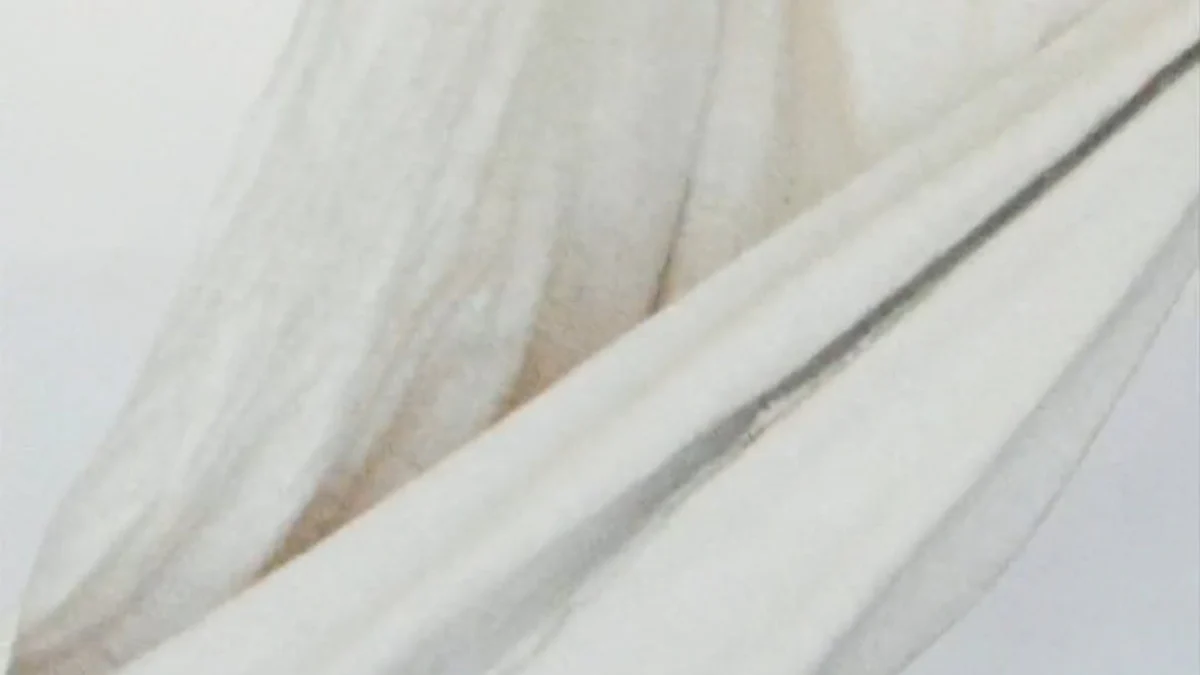
Sustainability and Eco-Friendly Practices
You face growing pressure to adopt sustainable practices in manufacturing. Consumers demand eco-friendly products, and regulations push industries to reduce their environmental footprint. Optical brighteners, while effective, require careful consideration to align with these goals. You can choose formulations that minimize harmful byproducts and prioritize biodegradable options. Additionally, sourcing raw materials responsibly and optimizing production processes can help reduce waste. By integrating these practices, you contribute to a greener future while maintaining product quality.
Proper Application Techniques
Using optical brighteners effectively requires precision. You must apply the correct amount to achieve the desired brightness without overloading the material. Overuse can lead to uneven results or unnecessary waste. To avoid this, follow manufacturer guidelines and test small batches before full-scale production. Advanced application methods, such as automated dosing systems, can improve accuracy and consistency. Proper techniques not only enhance product performance but also reduce resource consumption, saving you time and costs.
Balancing Performance with Environmental Impact
Balancing performance with environmental responsibility is a challenge you must address. High-performing products often come with trade-offs, but you can find solutions that meet both needs. For example, selecting optical brighteners with lower toxicity levels can reduce environmental harm. You can also explore innovations like water-based formulations or energy-efficient production methods. By prioritizing sustainable options, you ensure your products remain competitive while supporting environmental goals.
Fluorescent whiteners-Others play a key role in creating textiles and paper that meet your expectations for quality and appearance. They deliver unmatched brightness and durability. By adopting sustainable practices, you can balance performance with environmental responsibility. As industries evolve, these agents will continue driving innovation and shaping the future of manufacturing.
FAQ
What are the main benefits of using fluorescent whiteners-Others?
- They enhance brightness and whiteness.
- They reduce yellow tones.
- They improve durability and aesthetic appeal.
Tip: Use these agents to achieve a premium, polished look for your products.
Can fluorescent whiteners-Others replace traditional bleaching methods?
Yes, they can. These agents mask impurities instead of removing them, offering a gentler alternative that preserves material strength and delivers consistent results.
Are fluorescent whiteners-Others safe for the environment?
Many formulations prioritize eco-friendliness. Choose biodegradable options and follow proper application techniques to minimize environmental impact while maintaining product quality.
Note: Always check for certifications to ensure sustainability.
Post time: Jan-22-2025

